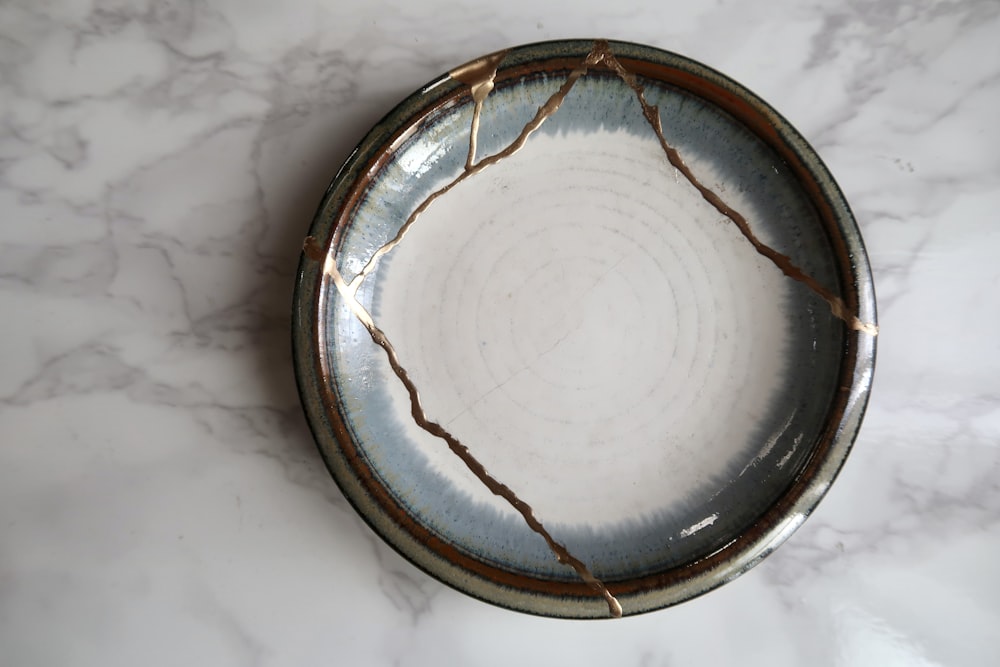Brain Food #838: What it means to break
“we do not know until the shell breaks what kind of egg we have been sitting on.”
Thoughts of the day
What does it mean to break?
It feels to me that humans invest much time and energy in trying to prevent things from breaking; often that can even be themselves.
A break can mean a pause, an interruption in continuity. Long stretches of time are interrupted by what we call ‘breaks’. Breaks can happen in relationships, in ongoing work. To break is to take something down into its individual parts. Engineers perform teardowns, disassembling a product into its components, so they can better understand how it works. Most productivity techniques factor in some form of break.
Beyond what would have obviously catastrophic consequences if it did break, like a plane, or a building, or a body, a break, or to break, can mean the very act of letting go, whether that is of an ideal of perfection, or the fantasy of permanence.
From The Choreography of Everyday Life (in itself an unconventional book), when what is broken is the idea of conventions and familiarity:
“When an artist breaks apart familiar structures and reinvents them, there is disruption, and most of the gatekeepers and audiences are disturbed by this, but the audiences and gatekeepers are unaware of what exactly is bothering them, and they just want the artist who is disrupting them to go away. But a few audience people, they crave the re-invention of structure, and these audiences are called “adventurous.” I think they have just spent more time walking in the woods.”
Breaks are opportunities for reinvention. Destruction is part of progress. Something is broken so it can be put back together, much like the Japanese art of kintsugi, although things can never return to their original form. Still, it is a kind of alchemy. Turning lead, or imperfections, into gold.
As T.S. Eliot suggested when writing during illness, “we do not know until the shell breaks what kind of egg we have been sitting on.”
Perhaps it takes more energy to keep something together, rather than to learn how to walk around the shards of glass, or even over them.
Much of the act of creation is an act of putting fragmented parts together. From the raw ingredients that make a painting, to a collage, or even ideas, documents, and pieces of hardware. It is an act of composition and recomposition. Sometimes, those who break might be us. What is put back together may not be the same as what it was before, but the point was never to recreate it. It was to reinvent it, keeping only what is necessary, or what is left.
I write Brain Food out of my own desire and willingness to share what I find interesting and to inspire others, and help them see life in a different light. All of Brain Food is free, but if you would like to subscribe or pledge your support of my work by committing to a future paid subscription you can do so below:

